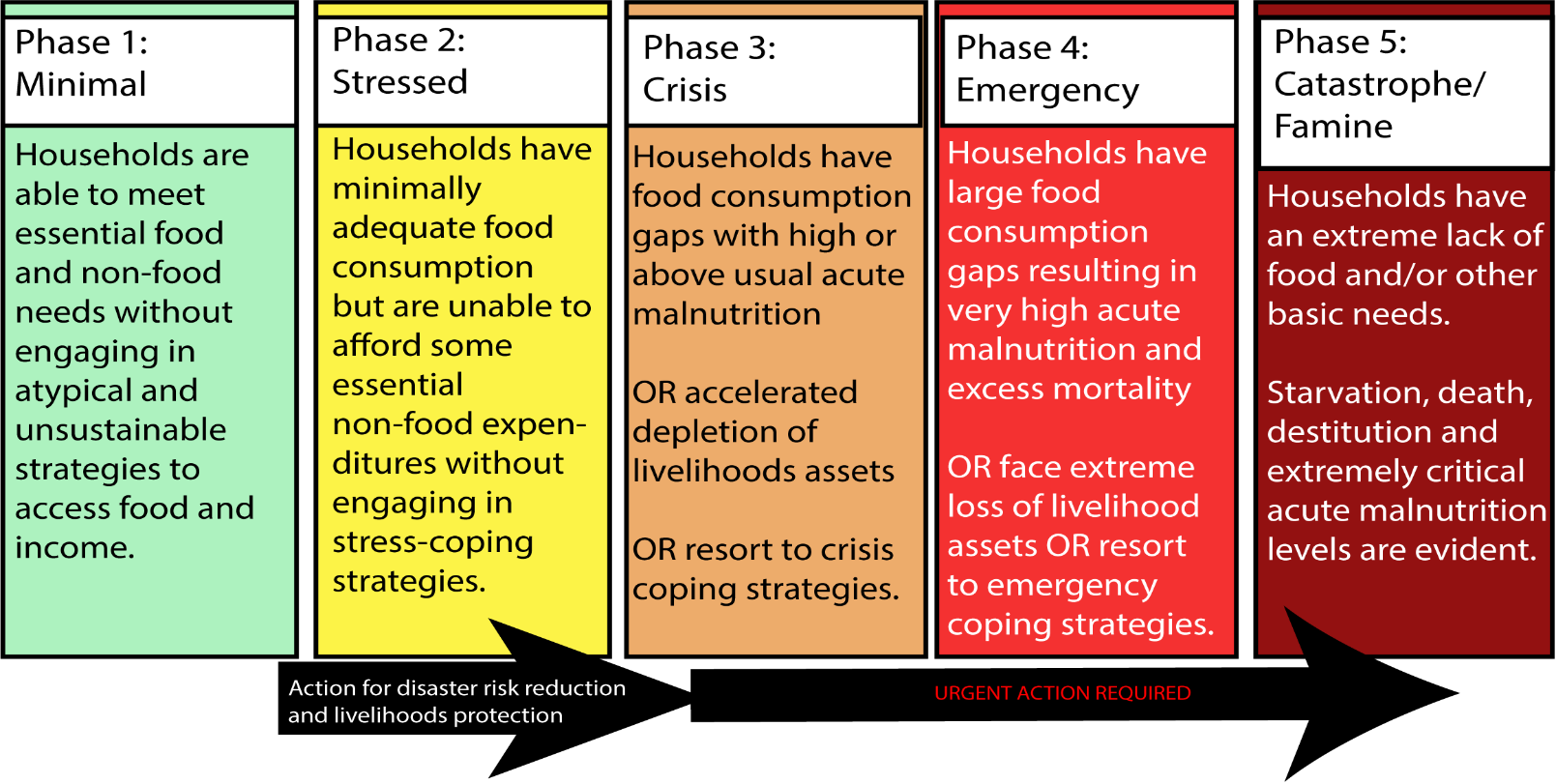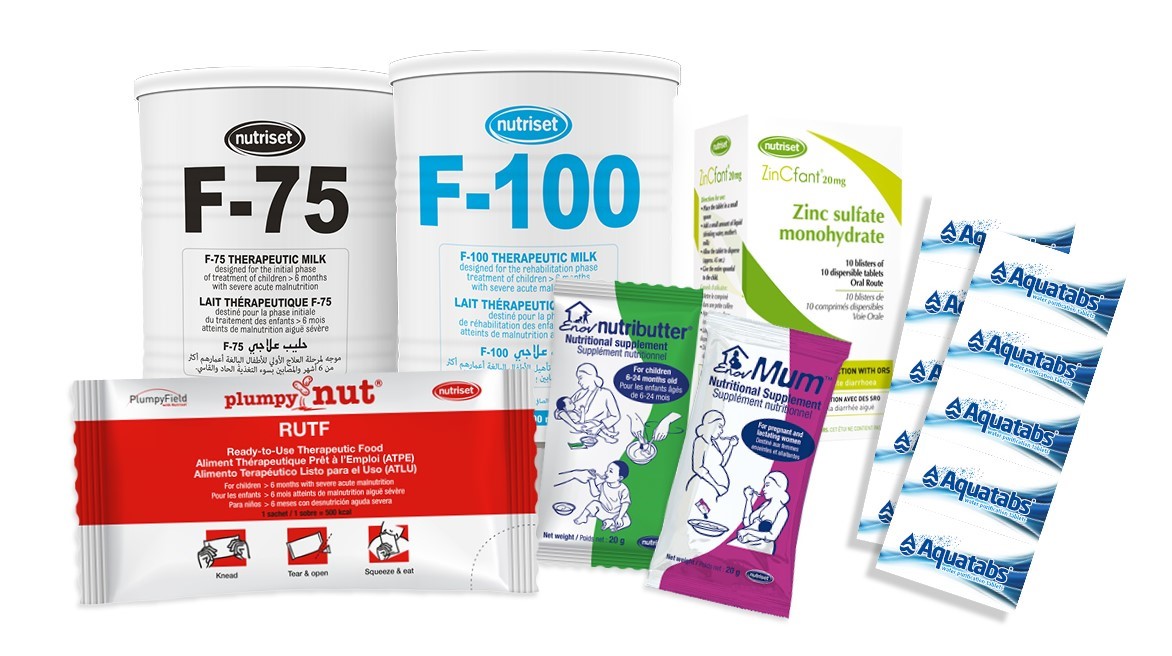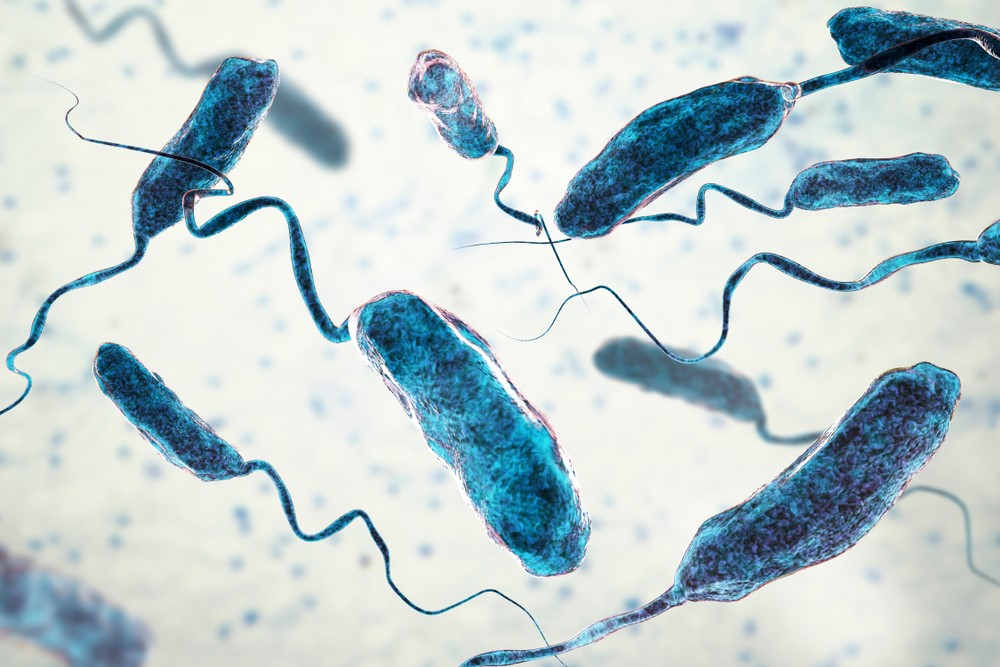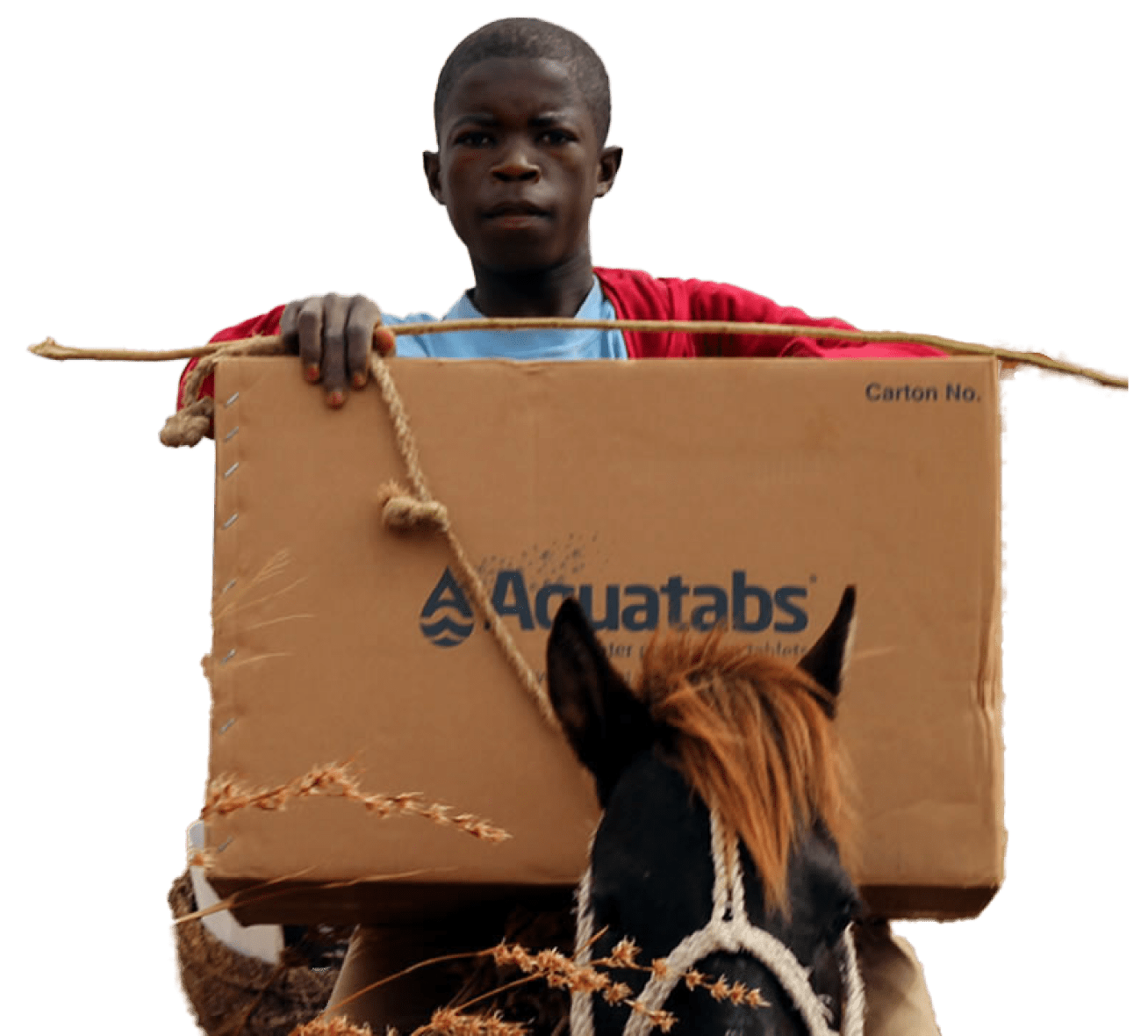The Deeping Crisis in the Horn of Africa
The Horn of Africa’s food and water insecurity is reaching crisis levels. East Africa is experiencing the worst drought in decades, and this extreme weather, combined with ongoing conflict, is escalating the suffering of over 80 million people.
Impact on Communities and Healthcare
In the greater horn of Africa families struggling with severe food and water insecurity span 7 countries– South Sudan, Kenya, Djibouti, Uganda Ethiopia, Somalia and Sudan. People have been forced to leave the refuge of their homes, exacerbating the existing food and water insecurity crisis in the Horn of Africa. but in doing so, they leave behind any form of healthcare provision received in their communities. Leaving home on foot increases the risk of contracting diseases such as cholera and meningitis outbreaks which most countries are currently experiencing along with COVID-19.
Widespread Health Challenges
All seven countries are:
- Simultaneously fighting cholera, measles, and meningitis outbreaks
- All are malaria -endemic. 80% of malaria deaths are among children under 5 years old
- The region has an estimated 4.2 million refugees and asylum seekers
- 37m people are IPC (integrated food security phase classification) phase 3 or higher

Severe Acute Malnutrition
Insufficient access to nutritious food, driven by food and water insecurity in the drought-affected areas of Ethiopia, Somalia, and Kenya, means approximately 7 million children are malnourished, including 1.7 million children who have SAM (severe acute malnutrition). SAM is life-threatening and defined by very low weight per height or the presence of oedema1.
Understanding Malnutrion Levels: WHO Guidelines
WHO malnutrition guidelines2:
Moderate Acute Malnutrition (MAM) is identified by moderate wasting
WFH < ?2 z?score and > ?3 z?score for children 0?59 months (or for children 6?59 months, MUAC
<125 mm and > 115 mm)
Severe Acute Malnutrition (SAM) is identified by severe wasting
WFH < ?3 z?score for children 0?59 months (or for children 6?59 months, MUAC <115 mm) or
the presence of bilateral pitting oedema.
Global Acute Malnutrition (GAM) is the presence of both MAM and SAM in a population. These high GAM rates are a direct consequence of the ongoing food and water insecurity in the region.
A GAM value of more than 10 percent indicates an emergency. High prevalence rates outside of
the seasonal norm are particular cause for concern. Commonly used thresholds for GAM are:
Prevalence of wasting Severity of malnutrition
<5% acceptable
5% to 9.9% poor
10% to 14.9% serious
>15% critical
Treating Severe Acute Malnutrition
SAM requires medial assistance and rapid management. Nutritional treatment has several phases, phase 1 is based on therapeutic milk like Nutriset F-75 which is designed to help stabilise patients unable to tolerate usual levels of protein, fats, and sodium. This stabilising phase helps to rehydrate. Phase 2 will reintroduce a RTUF food like Plumpy’Nut ®

WASH’Nutrition Combi Pack
Addressing food and water insecurity also requires access to potable water in SAM centres, Aquatabs are the perfect accompaniment. Easy to handle, use and store, one tablet is designed to disinfect a specific volume of water. Aquatabs do not need an energy source or maintenance, simply place the tablet into the desired quantity of water and wait for 30 minutes. Aquatabs make water safe, helping to alleviate the impacts of food and water insecurity and prevent recontamination by continued 24-hour residual activity.
| Tablet Size | 33mg | 67mg | 167mg |
| Volume of Water Per Individual Tablet | |||
| 1 ppm
(chlorine residual in water clear, channelled water) |
20 | 40 | 80 |
| 2ppm
(chlorine residual in ground water) |
10 | 20 | 40 |
| 5ppm
(chorine residual in murky water, i.e., emergency situations, epidemics) |
5 | 10 | 20 |
CHOLERA
“With families on the move, driven by food and water insecurity, exposure to waterborne cholera, and children with SAM have a higher incidence and longer duration of diarrhoea.

Understanding Cholera: Causes and Symptoms
So, what is cholera?
MSF medical guidelines define cholera as “an acute, highly transmissible, intestinal infection caused by toxigenic bacteria Vibrio cholerae O1 and O139. In its severe form, cholera is characterized by a sudden onset of acute voluminous watery diarrhoea that can rapidly lead to dehydration and death if left untreated.”3
Cholera is commonly acquired from water that contains cholerae, and from eating food that has been prepared with contaminated water/utensils etc., however, it can also be transmitted from infected individuals to others by the faecal/ oral route.
After ingestion, vibrio passes through the gastric acid barrier and adhere to the mucosa of the upper small intestine without penetrating it. They secrete cholera toxin, which binds to mucosal receptors and is transported into the cell where it activates the enzyme adenylate cyclase, increasing cyclic adenosine monophosphate (cAMP). As a result, a shift in cell membrane ion transport occurs, with a net increase in ion concentration (mainly chloride and sodium) within the intestinal lumen. Water is drawn into the lumen in response to the increased ion concentration leading to the voluminous watery diarrhoea characteristic of cholera.4
In most cases of cholera, people won’t have any symptoms or may experience mild diarrhoea. Severe symptoms can develop quickly, a person could feel fine in the morning and then be extremely ill by evening. Symptoms can range from watery diarrhoea with some cases also experiencing vomiting also, leading to intense diarrhoea with loss of up to 500 -1000ml/hour in severe cases.5,6
Milder cases of cholera will only require ORS (oral rehydration solutions) which are mixed with clean water. Serious incidences need intravenous rehydration followed by oral hydration and antibiotics.6
Preventing Cholera and Addressing Water Insecurity
How can we reduce cholera and address the underlying food and water insecurity?
Access to safe, clean drinking water and good sanitation will help to reduce cholera cases. The Aquatabs WASH kit provides a complete disinfection programme for small rural healthcare facilities for an entire year – take a look here: https://youtu.be/lh09LiEzi5M
Cholera vaccines are also available which after 2 doses give about 65% protection for up to five years.
How You Can Help
UNIEF and the World Health Organisation are reaching out for your help.
You can donate whatever you can afford to UNICEF here: https://help.unicef.org/africa-hunger
Read the in depth WHO regional emergency response for the greater Horn of Africa appeal here:
https://www.who.int/publications/m/item/emergency-response-appeal-greater-horn-of-africa
#bethedifferencebetweenlifeanddeath
At Aquatabs, we continue to remain focused on our vision to improve access to safe drinking water by:
- Providing high quality WASH’NUTRITION essential water and nutritional products to help
- WASHINHEALTHCARE effective infection prevention solutions for hospitals and small communities while supporting social enterprises engaged in improving access to WASH services in developing economies.
Contact Aquatabs to find out more about our activities in creating social enterprises, making safe
water and nutrition accessible in the most challenging circumstances.
©Aquatabs 2022
References:
- https://www.who.int/news/item/30-06-2022-who-intensifies-response-to-looming-health-crisis-in-the-greater-horn-of-africa-as-food-insecurity-worsens
- https://apps.who.int/iris/handle/10665/42085
- https://medicalguidelines.msf.org/en/viewport/CHOL/english/1-1-introduction-and-epidemiology-23448671.html
- https://www.who.int/publications/i/item/WHO-CDS-CSR-RMD-2003.6
- https://medicalguidelines.msf.org/en/viewport/CHOL/english/5-8-cholera-and-acute-malnutrition-32409733.html
- https://www.ncbi.nlm.nih.gov/pmc/articles/PMC6262880/
- https://www.who.int/health-topics/cholera#


